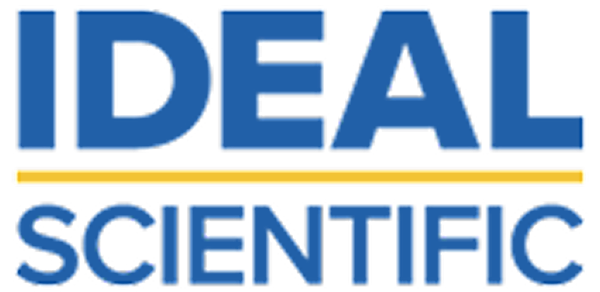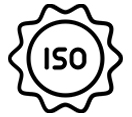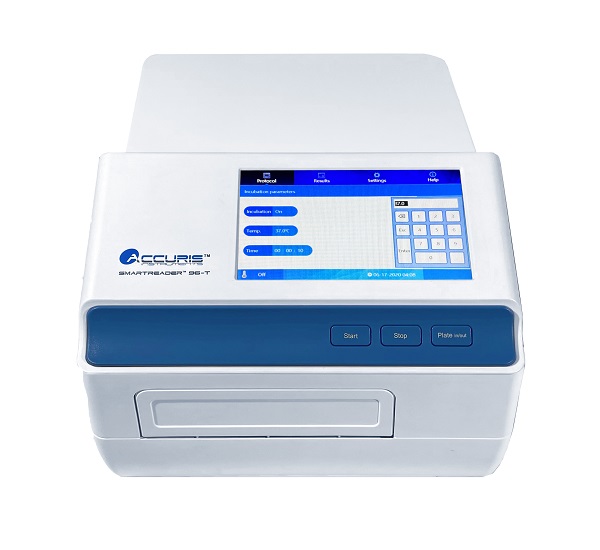Biotechnology and Pharmaceuticals:
- Drug Development: Used for high-throughput screening (HTS) of compounds to identify potential drug candidates by measuring interactions in assays like enzyme activity, protein-protein interactions, and binding assays.
- ELISA (Enzyme-Linked Immunosorbent Assay): For detecting and quantifying proteins, antibodies, hormones, and other molecules.
- Cell-based assays: Measuring cell proliferation, cytotoxicity, or apoptosis (cell death).
Academic and Research Institutions:
- Basic Science Research: Researchers in molecular biology, biochemistry, and cell biology use absorbance readers to analyze enzyme activity, nucleic acid concentration, or protein levels.
- Genomics and Proteomics: Measuring concentration of DNA, RNA, and proteins in biological samples.
Clinical Diagnostics:
- Diagnostic Laboratories: Used for various tests, including quantitative PCR assays, enzyme activity testing, or analysis of biomarkers in patient samples (blood, serum, or urine).
- Infectious Disease Testing: Microplate readers can be used in diagnostics for detecting bacteria, viruses, or antibodies in patient samples.
Environmental Testing:
- Water Quality: Testing for contaminants like heavy metals, bacteria, or chemical pollutants.
- Soil and Air Quality Testing: Similar to water quality testing but measuring other environmental samples.
Food and Beverage Industry:
- Microbial Testing: Used for detecting contamination in food or beverages, including pathogenic bacteria or fungi.
- Nutritional Analysis: Measuring nutrient concentrations (e.g., vitamins, sugars, proteins) in food samples.
Cosmetics Industry:
- Stability and Quality Control: Measuring various properties of cosmetic products, including preservatives and active ingredients.
- Toxicity Testing: Using cell-based assays to evaluate the safety and effects of ingredients.
Agriculture and Animal Health:
- Agricultural Biotechnology: Testing plant samples for traits such as pesticide resistance, nutrient content, or genetic modifications.
- Veterinary Medicine: Detecting antibodies, hormones, or pathogens in animal samples.
In these industries, the absorbance reader is essential for quick, accurate, and repeatable measurements, especially when working with large sets of samples, like in drug discovery or clinical diagnostics. The reader can often measure various wavelengths, enabling users to perform a range of assays and analyze multiple parameters at once.
Why Ideal Scientific is Your Best Source for the SmartReader™ 96 Microplate Absorbance Reader
When you choose Ideal Scientific for your SmartReader™ 96 Microplate Absorbance Reader, you’re partnering with a company that has been serving the industry for over 30 years. We’ve built a reputation for excellence by providing high-quality products paired with outstanding customer service.
We don’t just make the sale—we’re committed to supporting our clients every step of the way. Our team is always ready to offer expert guidance, ensuring you get the best solution for your needs. Whether you’re looking for assistance with setup, troubleshooting, or optimizing performance, we’re here to help.
Plus, with our reliable overnight delivery service, you can count on receiving your SmartReader™ 96 quickly, ensuring minimal downtime for your operations. We proudly serve both the USA and Canada, and our dedication to providing exceptional ongoing support means you can trust us to be there for you long after the purchase.
Choose us for our experience, customer-first approach, and the peace of mind that comes with knowing you have a partner who cares about your success.
For information on product specks or to get a quote click here; https://idealscientific.com/merch/products/microplate-instruments/smartreader-96-microplate-absorbance-reader/




 Prompt Service Since 1990
Prompt Service Since 1990 24-Hour Support
24-Hour Support ISO Certified Since 2007
ISO Certified Since 2007